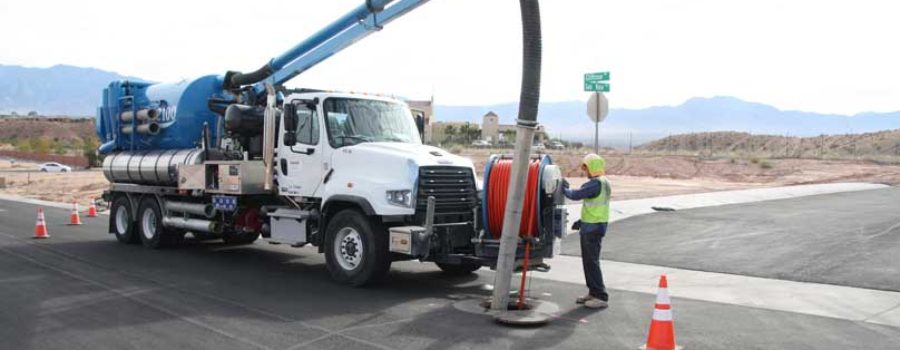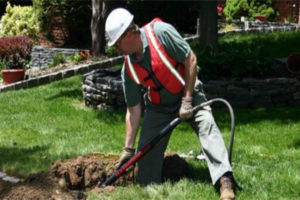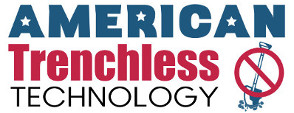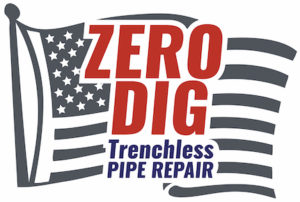Not everyone knows a lot about plumbing. They just know they’ve no water pressure, something is stopped up, or it’s slow to drain. Some people are afraid to snake their drains or pour something down them. They’re afraid they’ll make the problem worse. At this point, professionals are needed. To help these people, we’ve compiled a few frequently asked questions about sewer and drain cleaning and hydro jetting in Arlington Heights, IL.
What are some common causes of drain blockage?
When people put their plates in the kitchen sink, food particles and grease go down the drain. Showers take hair and body oils down the drain. Small babies shove things like toys or Mom’s wallet into the toilet, which gets flushed down the drain. Puppies drop their bones into the toilet, which goes down the drain. Over time, these build up and narrow the space in which water passes. It looks rather like a doctor’s picture of clogged arteries.
What causes blockage in the main water line?
Leaves blow into the main water line, tiny animals, pipe corrosion, and tree roots wrap around the pipes or break through the pipe material and continue to grow inside the pipes. Over a period of years, it has been found that small threadlike tree roots can grow along the length of the water pipes. These things also cause clogs, allowing small amounts of water to pass.
What is the first step in cleaning the water lines?
A video camera will be snaked into the water lines. The technician will feed the line into the pipes, while watching a video monitor. He will instantly see the blockage, the scope and length of the blockage, and will then determine where to insert the hydro-jet tubes, usually the access point in the main line.
How does hydro-jetting work?
A hose is fed into the access point of the main drain. The technician will then turn on the water. High-pressure anything like air or water will totally blow away whatever is blocking something. In this case, the water is shot into the pipes at between 1500 to 4000 units of pressure per square inch or psi. This is for residential plumbing; commercial psi can go as high as 60,000. Trust us, that’s enough to blow the pipes clean from beginning to end.
Where does the debris go? Will it re-enter my pipes?
The plumber will insert the nozzle of the tube into the access point going downstream. The debris will be flushed away from the house with no way of returning.
How will my pipes handle this high pressure flush?
That depends on the material of which your pipes are made. Lead piping was popular around the WWII era. Many homes from that era are still inhabited, although chances are the plumbing has been updated. Copper piping took lead’s place around that same time. Galvanized pipes were used around the same time. By the 70s, copper piping reigned supreme. Cast iron pipes were used in the 60s. Around the 80s, though, PVC piping became the material of choice. By now, any piping from the last century should have been replaced with PVC piping. PVC can withstand the pressure from hydro-jetting. The others cannot.
Will this harm the environment?
Because no harsh chemicals are used, hydro jetting is safe for the environment. The blockage is blasted into non-existence and carried away downstream, to be re-entered into the earth.
I’m guessing a DIYer can’t do this?
Using water at that high pressure point, it could be dangerous or even life-threatening for one not trained properly to use it. Call a professional plumber should you suspect you need hydro jetting.








